New Jersey Said 10 Years Ago It Would Rank Its Most Contaminated Sites. It Never Did.
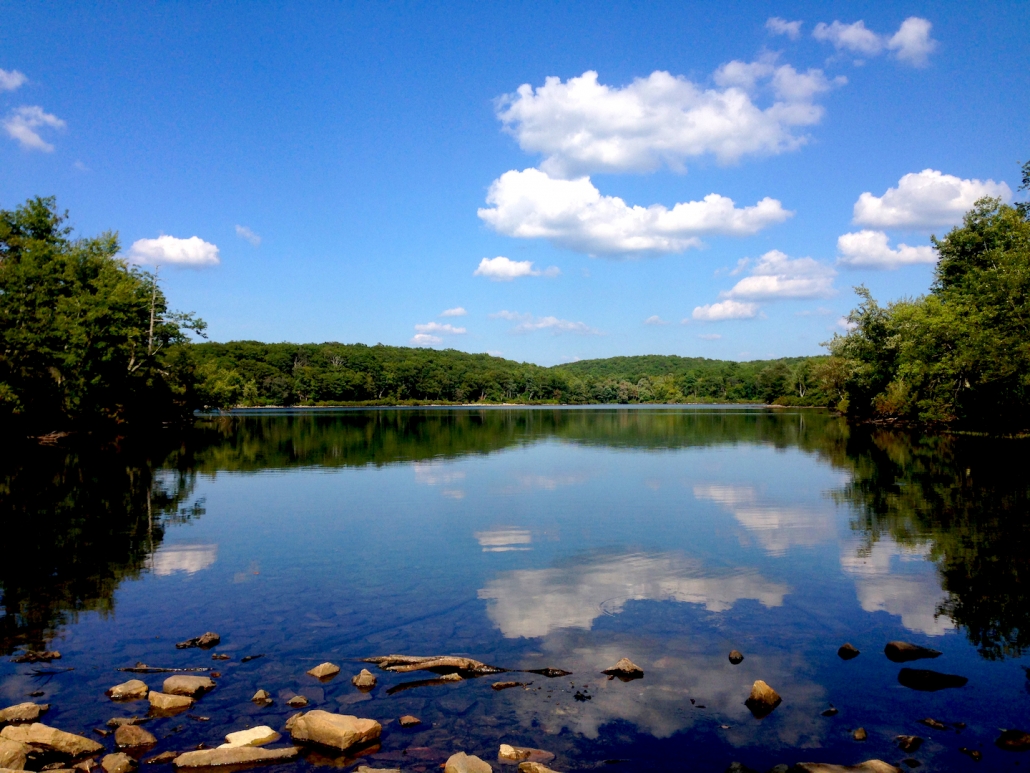
View east-northeast across Sunfish Pond from the Appalachian Trail about 3.7 miles northeast of the Delaware Water Gap in Worthington State Forest, New Jersey. © Famartin /creative commons license.
By Talia Buford, ProPublica
For decades, New Jersey’s chemical plants, textile mills and metal factories helped power America.
That came at a price.
Byproducts like dioxin from the manufacture of the herbicide Agent Orange fouled the Passaic River, making fish and crab toxic. Dye and paint companies dumped waste in illegal landfills in Toms River, polluting the groundwater for decades. Carcinogenic vapors migrated to homes from Pompton Lakes factories making war ammunition and nonstick pans.
New Jersey eventually passed some of the strongest environmental laws in the country, including the precursor to the federal Superfund law, and the state has made strides in cleaning up contamination.
But don’t ask what the state’s priorities are.
A decade after legislators mandated that the Department of Environmental Protection rank every contaminated site in order of urgency and severity, the agency has yet to act.
The rankings were supposed to ensure that the most dangerous sites remained a priority even as the state gave private companies — and effectively private developers — a bigger role in the cleanup process.
The first list was to have been published in 2010, but that didn’t happen, and three years ago, the state auditor faulted the DEP, saying the agency was “non-compliant” in its duties.
Today, there are nearly 14,000 contamination sites across New Jersey, the nation’s most densely populated state, and still no sign of the mandated rankings.
Environmentalists say without the list, the agency can’t ensure that all corners of the Garden State, and not just the areas that are economically desirable, are being cleaned up.
“The crux is we’re relying on the market to drive cleanups and not prioritizing sites with the deepest levels of contamination,” said Doug O’Malley, of Environment New Jersey. “And the most expensive sites are allowed to lie fallow unless the market has a reason to clean them up.”
The DEP’s Site Remediation Program website promises the rankings are still coming: “The first round of category determinations was finalized and will be posted on the SRP website on a date to be determined.” But a spokesman for the DEP, Lawrence Hajna, said the agency isn’t complying with the mandate, which he said was complicated and time-consuming.
“Ultimately, DEP concluded that completing and maintaining this system would be extremely resource-intensive and would not have communicated the potential risk nor achieve the original goals” of the law, Hajna said in a response to questions sent last week. The agency said it is “working on developing a more efficient system that satisfies the intent of the law, provides helpful data to users and takes into consideration” the DEP’s resources.
Hajna said the DEP’s goal is protecting the public and cleaning up sites, and any subsequent redevelopment is “a bonus” and “not a prerequisite.”
The urgency of cleanups varies, based on the severity of the contamination and the proximity to sensitive areas such as waterways or schools. It could be anything from an old cigarette lighter factory where contamination seeps into soil and groundwater, to an abandoned warehouse that will be turned into a gas station.
More than 8,500 sites have been cleaned up since 2009, but aninvestigation by WNYC in 2015 found that nearly three-quarters of New Jersey residents who live below the poverty line were within a mile of a contaminated site that had no cleanup plan. At the time, the agency said all of the sites without a cleanup plan posed low risks to water supplies and human health. The DEP said this week that the agency evaluates sites where cleanups haven’t started to ensure the public will have no direct exposure to contamination.
Cleaning up contaminated sites has been a longstanding concern for the state, which has about 9 million people living across about 9,000 square miles.
Though regions like New England and the Rust Belt had to contend with pollution from industrial activities, the number of sites in such a densely populated state presented particular challenges for New Jersey.
The Passaic River in the north attracted factories that needed water in abundance. And the construction of the New Jersey Turnpike and Garden State Parkway made the state a strategic location for warehouses and factories.
So by necessity, New Jersey needed to clean up after decades of industrialization.
“We were always a national leader, because we’ve always had some of the worst environmental problems” said Jeff Tittel, director of the New Jersey Sierra Club.
Today, the state is known for its strict environmental laws. In September, New Jersey put limits on the levels of chemicals known as PFAS that can be found in drinking water. (The Environmental Protection Agency last week proposed its levels for the chemicals, which can migrate from factory wastewater and military firefighting foam.)
The state was also on the leading edge of environmental protection, enacting some of the strongest legislation to hold polluters accountable for fouling public air, soil and water. The New Jersey Spill Act of 1976, which required companies responsible for the contamination to clean up hazardous waste sites, or allow the government to recoup costs for orphaned contaminated sites, served as a model for the federal Superfund program.
The Superfund law also went a step further, with the EPA ultimately creating a ranking system that would determine which sites would end up on the National Priorities List to govern the preference of cleanups.
New Jersey first proposed a ranking of the state’s contaminated sites in 1982, and through several administrations the DEP worked to build such a system.
It was envisioned as a tool to help guide the agency in allocating money toward the most urgent cleanups, said Susan Boyle, who served as assistant commissioner of site remediation at the DEP in 2001 and worked on the system under Gov. James Florio in the early 1990s.
“It was if the worst case in the state is not being cleaned up and the [responsible party] won’t step up, we can choose to spend our money this way,” Boyle said.
In 2006, Lisa Jackson, then-head of the DEP, told the state Senate Environment Committee that the ranking system for contaminated sites was “the most important thing” the agency could do to protect residents.
“It is crucial that we be able to track the progress of remediation efforts at all of these sites,” she said in her testimony. “And it is equally crucial that the general public, our partners in local government, the development community and lending institutions have real time access to this information. Not simply a list that is published every few years.”
But the system was proving harder to create than anticipated.
It was “incredibly complicated,” Boyle said. “I think in some cases, there just wasn’t enough data. It was such a massive data load to do it when you were looking at [thousands of] sites and trying to determine what the substances were, at what levels and what it meant.”
Boyle left the agency in 2008 to work as an environmental consultant. She soon became interim president and eventually executive director of the New Jersey Licensed Site Remediation Professionals Association, the trade group for the experts overseeing the majority of cleanups around the state.
That summer, New Jersey was under scrutiny by the EPA’s inspector general for allowing sites to languish on the National Priorities List for decades. Of the 144 pending sites at the time, New Jersey had 38 of them.
By the time Jackson was nominated by President Barack Obama in December 2008 to lead the EPA, New Jersey legislators had proposed a bill that would reform how the state handled site cleanups. Meanwhile, state officials said the priority system was being tested and would be in operation in 2009.
The next year, the bill, the Site Remediation Reform Act, was passed by signed into law, setting up a new system for cleanups, modeled on aprogram in Massachusetts.
Under the new system, entities were required to hire a state-licensed consultant to oversee cleanups. Those licensed site remediation professionals, or LSRPs, would have to submit reports during the cleanup process, but they would largely be empowered to ensure things were proceeding according to law. The LSRPs would be responsible for the cleanup and ensure it met deadline. The DEP said that contractors are required to submit their plans throughout the cleanup process for review, and the agency can audit any site within three years of closure. The law gave developers three years to hire licensed professionals to oversee cleanups.
If a responsible party misses a deadline, the current cleanup program calls for the site to be put under direct DEP oversight, where the agency can order specific cleanup options. The DEP said there are 2,662 cases currently in direct oversight. The DEP can also use public money to investigate contamination and clean up sites where the responsible entity can’t or won’t clean the site. There are 571 sites in the publicly funded program, according to the agency, including 46 sites the DEP is investigating to determine if they pose an immediate threat to people.
The change was criticized by environmental advocates as a privatization of site remediation.
“It’s the fox, coming up with the plan for the henhouse, building the henhouse, saying the henhouse is completed and certifying that the henhouse is safe,” said Tittel, of the Sierra Club. “There’s no transparency.”
Industry and government experts said that having LSRPs, with their licenses on the line, oversee cleanups has made the process more efficient without sacrificing accountability. If community members have questions about a site, they can call the expert directly to get information, said John Oberer, vice president of GZA GeoEnvironmental Inc. and former president of the New Jersey Licensed Site Remediation Professionals Association.
“So, it sort of takes the [ranking] out of the equation because if you really want to know, you can find out,” he said.
The priority list once seemed within reach.
Legislators had given the DEP a year to develop what was formally called the Remedial Priority System. Two years after the deadline, the DEP appeared poised to roll out the ranking system. It sent lettersto site owners in 2012, explaining how the rankings would be calculated and asking for updated information. Contamination near drinking wells, surface water, homes, day cares or schools would raise a site’s priority level, which would be scored from to 1 to 5, with 5 being the highest priority.
As licensed professionals looked at the preliminary scores in the letters, they said it was clear the DEP’s data didn’t reflect current conditions for open sites. There was no real-time update for the data, said Rodger Ferguson Jr., president of PennJersey Environmental Consulting and former president of the New Jersey Licensed Site Remediation Professionals Association, so the DEP wouldn’t know if contaminated soil had been removed recently or if groundwater sampling was underway.
The DEP collected the corrected site data, but it never released final scores. David Restaino, a regulatory compliance lawyer in the Morristown, New Jersey, office of Fox Rothschild was on a panel of experts set up to advise the state on the rankings. He said the group never heard any more about the Remedial Priority System, or RPS.
“I hate to use the world shelved, but from an external perspective, it seemed to be that the priority for the RPS became lower,” Restaino said.
By the time the state auditor weighed in in 2016, the agency was five years overdue. At the time, officials said the system was still under development with no scores available because the agency was short-staffed after responding to Hurricane Irene, Superstorm Sandy and other natural disasters. Then-DEP Commissioner Bob Martin said it was still the agency’s “intention to develop” the ranking system.
Since then, the agency, now led by Catherine McCabe, has effectively abandoned the mandate.
Environmentalists say there is no excuse for the lack of transparency.
“This should be a clear area where DEP is given the resources to complete this task,” said O’Malley, of Environment New Jersey. “This isn’t just a ‘nice to have’ — this was supposed to happen more than a decade ago.”
This piece was originally published on ProPublica.
Talia Buford covers disparities in environmental impacts for ProPublica.
Previously, she was an environment and labor reporter at The Center for Public Integrity, where her work focused mostly on wage theft and the Environmental Protection Agency’s lackluster enforcement of Title VI of the Civil Rights Act. She also covered energy for POLITICO Pro, and started her career covering municipal and legal affairs at The Providence (R.I.) Journal. She earned a master’s degree in the study of law from Georgetown University Law Center and a bachelor’s degree in print journalism from Hampton University.

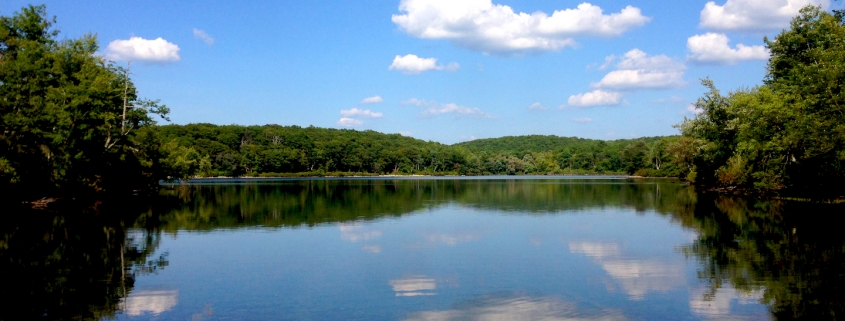

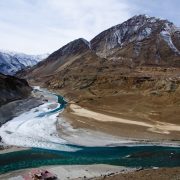
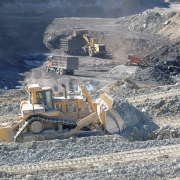
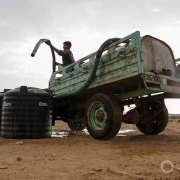
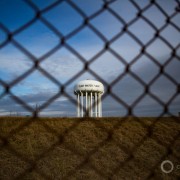
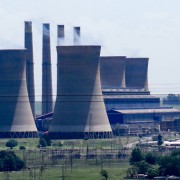
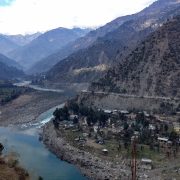


Leave a Reply
Want to join the discussion?Feel free to contribute!